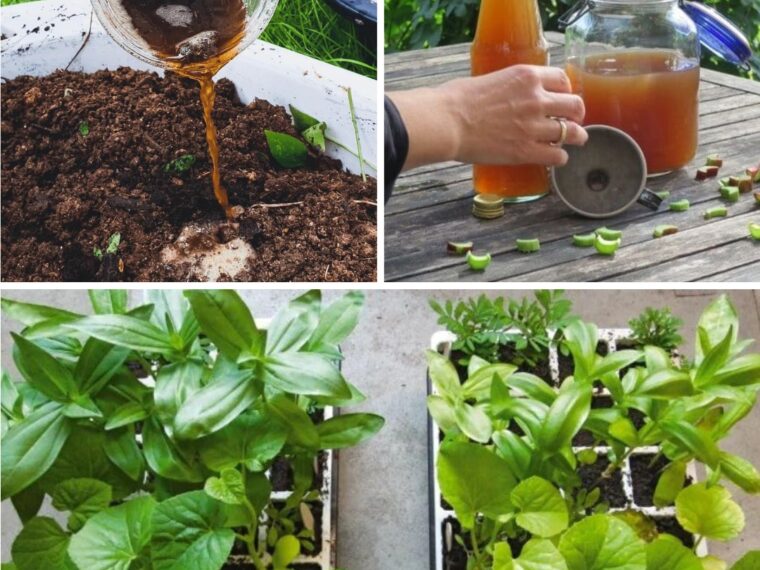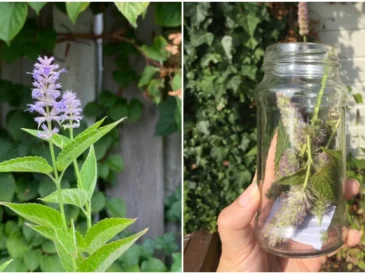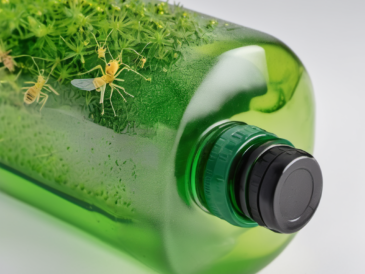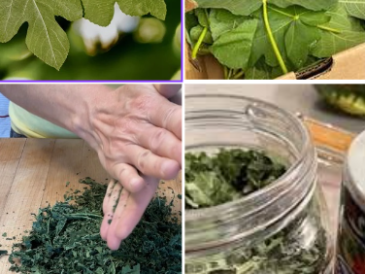Creating your own fertilizer at home is not only cost-effective but also allows you to know exactly what goes into the nutrients that feed your plants. One such DIY fertilizer, rich in potassium and other vital nutrients, is particularly beneficial for a wide range of plants, from flowering species to fruit-bearing crops. This guide will walk you through the process of making this simple yet effective organic supplement.
Why Potassium is Essential for Plants
Potassium is one of the three primary macronutrients required by plants, along with nitrogen and phosphorus. It plays a crucial role in several physiological processes, including:
- Photosynthesis: Potassium helps regulate the opening and closing of stomata, the tiny pores on leaves that allow plants to take in carbon dioxide and release oxygen during photosynthesis.
- Water Regulation: It aids in the efficient use of water by the plant, enhancing drought resistance and reducing water loss through transpiration.
- Nutrient Transport: Potassium is vital for the movement of nutrients and sugars within the plant, ensuring proper growth and development.
- Flowering and Fruit Development: Adequate potassium levels contribute to the formation of healthy flowers and fruits, improving yield and quality.
Given its importance, a potassium-rich fertilizer can be a game-changer for your garden.
Ingredients Needed for the DIY Fertilizer
To make this potassium-rich organic fertilizer, you will need the following ingredients:
- Banana Peels: Rich in potassium, calcium, and magnesium.
- Wood Ash: A byproduct of burning untreated wood, wood ash contains potassium, calcium, and trace amounts of other essential nutrients.
- Epsom Salt: Provides magnesium and sulfur, which are crucial for chlorophyll production and overall plant health.
- Eggshells: High in calcium, eggshells help strengthen plant cell walls and prevent blossom end rot in fruits like tomatoes.
- Water: Used to create a liquid fertilizer that can be easily applied to the soil or used as a foliar spray.
Step-by-Step Guide to Making the Fertilizer
1. Preparing the Ingredients
TO CONTINUE READING SEE PAGE 2




